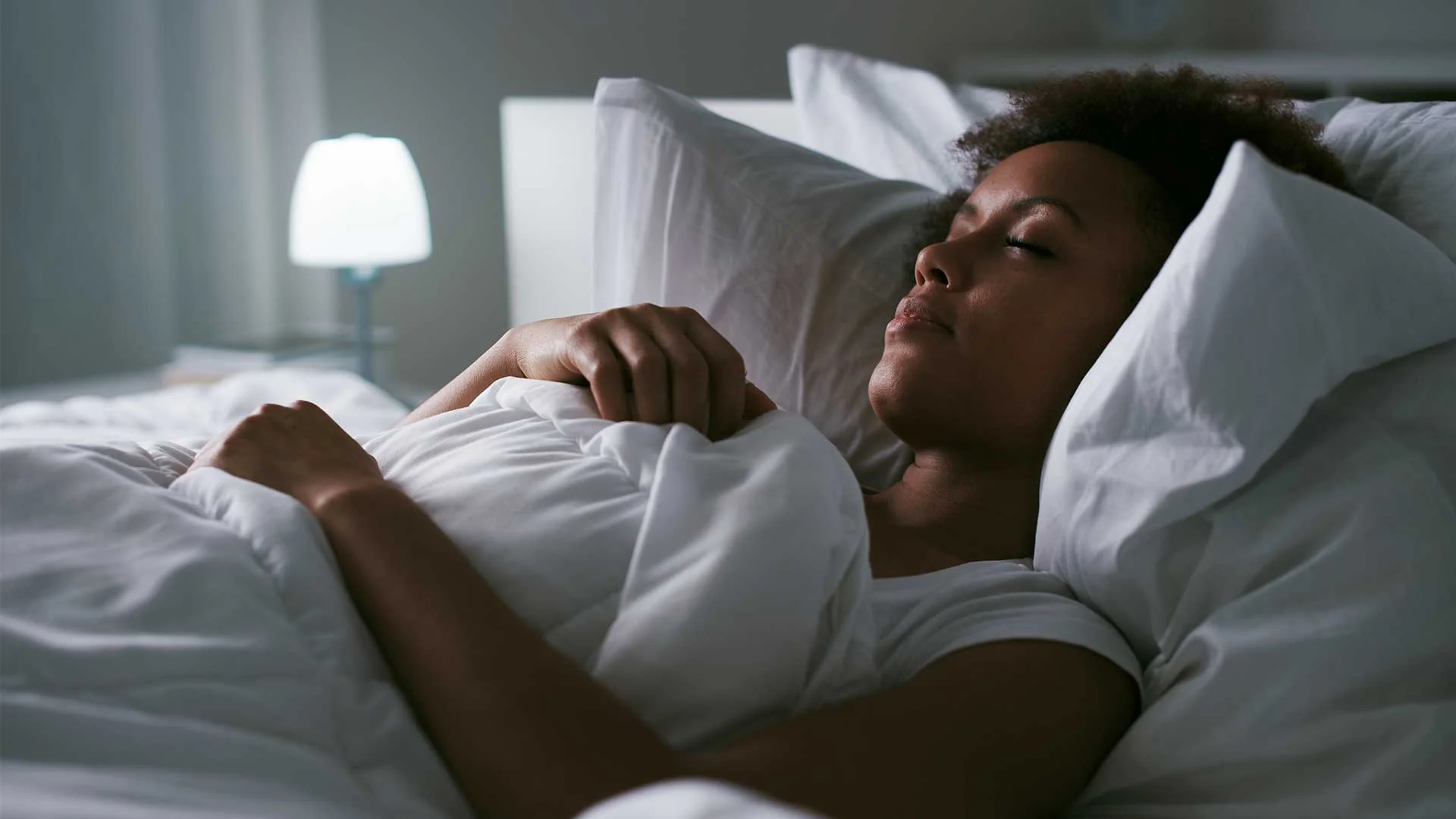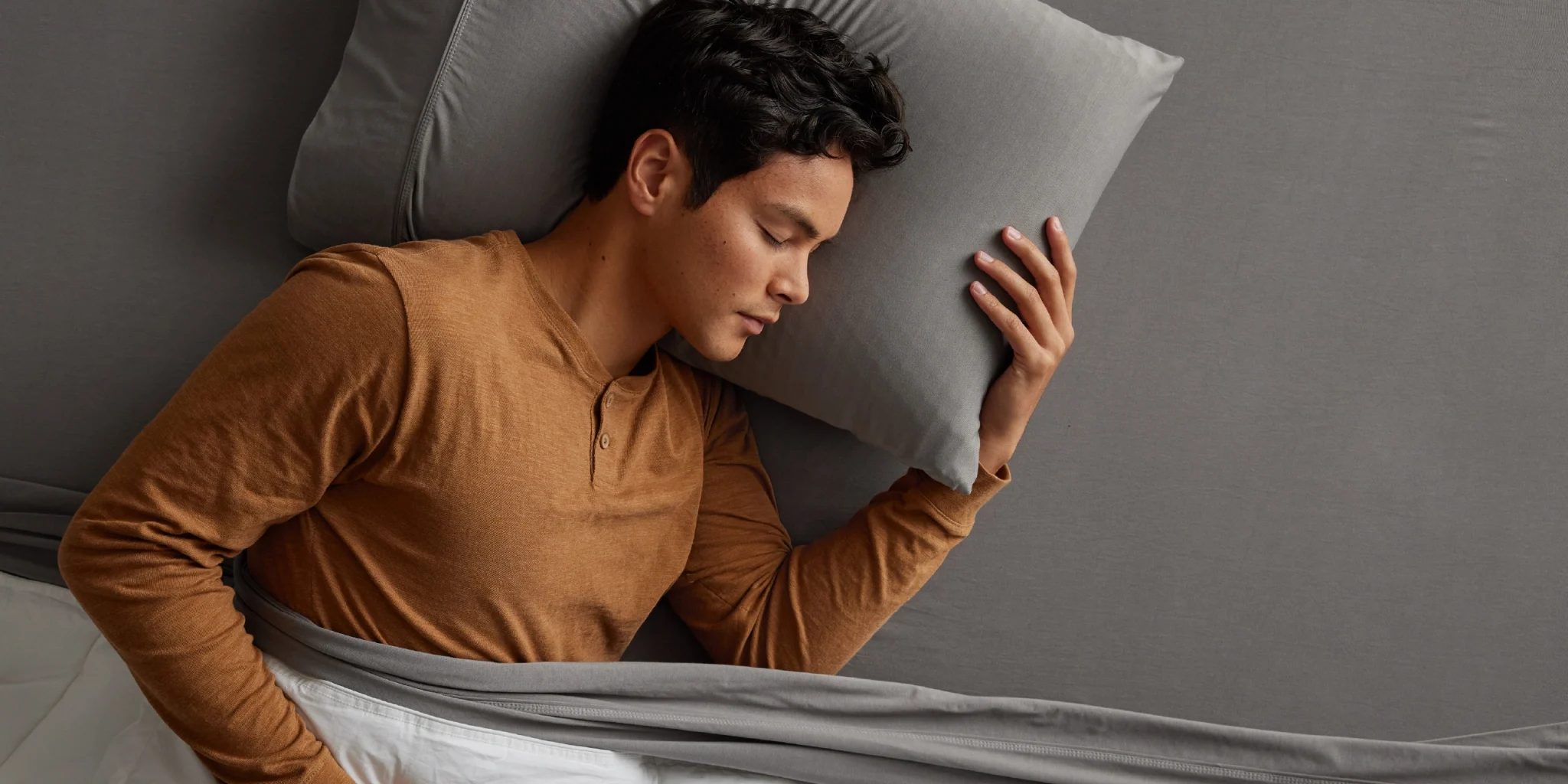Have you ever been to bed, but it took so long to fall asleep? This has happened to most of us and we all know how frustrating it can be. If this long period of time to fall asleep is repeated every night, it can be frustrating. There are several ways that will help you in less than two minutes to Good and comfortable sleep go In the rest of this article, you will get acquainted with strategies that will help you fall asleep earlier and answer the old question, how to fall asleep in less than two minutes?
Complications of sleeping too late
When you fall asleep late, you have to wake up early in the morning. This makes your night sleep less than reasonable. Not having enough sleep has many adverse psychological and physiological effects, including the following:
- Persistent fatigue, restlessness, or irritability
- Reduced performance, concentration and memory
- Increased risk of depression and anxiety
- Increased risk of heart disease, diabetes and obesity
Trying too hard to fall asleep quickly can take a lot of energy from you and make you anxious and angry. This state makes your mind busy with different emotions and unable to sleep. In order to be able to sleep more easily, you should pay attention to the three factors of sleep hygiene, the bedroom environment and what you do during the day.
If you are also looking for the answer to the question of how to fall asleep in less than two minutes, continue with the text.
You must have done activities during the day that make you physically tired. This will make you fall asleep in a shorter time. If, despite this activity, you still fall asleep late, the following solutions can help you.
1. 10 second rule
Usually, in order to be able to fall asleep quickly and on time, you need to do certain exercises. These exercises help to release your muscles and eventually make you sleep more easily and faster. During World War II, Lloyd Budd Winter developed a technique that helped pilots get a stress-free and sleep-deprived sleep in less than two minutes before flying.
Exercises that help include:
- Relax your entire face, including the muscles inside your mouth.
- Drop your shoulders to release their tightness and let your arms hang by your sides.
- Take a deep breath and relax your chest.
- Relax your legs, thighs and calves.
- Clear your mind for 10 seconds by imagining a relaxing scene. If that doesn’t work, try saying “don’t think” over and over again for 10 seconds.
2. The 60 second rule

Slow breathing, sleep hygiene, and relaxation techniques may be more effective than some common drug treatments in helping to treat insomnia. The following two techniques are designed to help calm your mind by focusing on breathing and relaxing your muscles. If you are a beginner, these methods may take up to 2 minutes to become effective.
Breathing method 4-7-8
This breathing method was developed by Dr. Andrew Weil, a physician of integrative medicine, and is based on pranayama exercises. The more you practice this meditation and visualization technique, the more effective it can be in helping you sleep. If you have a respiratory condition such as asthma or COPD, talk to your doctor before starting as this method may make your symptoms worse.
To prepare, place the tip of your tongue against the roof of your mouth, behind your two front teeth. Keep your tongue there the whole time and pucker your lips if necessary. Allow your lips to part slightly and make a “whoo” sound as you exhale through your mouth. Now close your lips and breathe silently through your nose. Count to 4 in your mind.
Hold your breath for 7 seconds. This is the most important part of the exercise. Now exhale for 8 seconds. When you breathe again, a new cycle begins and you have to do it all over again. You should complete four complete cycles. But if the feeling of relaxation comes to you sooner, let your body sleep.
Progressive muscle relaxation (PMR)
PMR, also known as deep muscle relaxation, can help you relieve tension. The basis of this method is to contract the muscles (without causing pressure and stretching) and then release them to relieve the tension. This practice can increase relaxation throughout your body and help improve insomnia. Before you begin, imagine that with each exhalation, the tension is leaving your body, similar to what you do in the 4-7-8 method. Now proceed as in the following exercises:
- Raise your eyebrows as high as you can for 5 seconds. This will tighten your forehead muscles.
- Immediately relax your muscles and feel the tension go away, then wait 10 seconds.
- Smile widely to contract your cheeks and hold for 5 seconds, now release.
- Then you have to pause for 10 seconds.
- Squeeze your eyes with closed eyelids, hold for 5 seconds and release.
- Pause for 10 seconds.
- Tilt your head slightly back to easily look at the ceiling and hold for 5 seconds. Release as your neck sinks into the pillow.
- Pause again for 10 seconds.
- Continue this for the rest of the body, from triceps, arms and chest to thighs and legs.
- Finally, allow yourself to sleep, even if you haven’t finished contracting and releasing the rest of your body.
3. 120 second rule
If you tried the mentioned methods and it didn’t work for you, repeat to yourself that you are not going to sleep and you want to stay awake. For people who suffer from insomnia and late falling asleep, trying to fall asleep quickly may increase their anxiety.
Research conducted in 2021 suggests that paradoxical intention (PI) may help reduce sleep performance anxiety and increase feelings of well-being after sleep and rest. PI is a technique where you deliberately stay awake in bed. The purpose of this is to help overcome the fear and make a conscious effort to fall asleep. This method may be more effective than previous exercises.
4. Depicting a peaceful place

For some people, counting too much makes them feel overwhelmed, in this case it is better to use your imagination in other options. Visual distraction makes no other thoughts form in the mind and no instructions are issued on its behalf. This helps a lot to fall asleep quickly.
You can imagine the calm environment and all the emotions that come with it. For example, you can imagine the sight of a waterfall, the sound of running water, and the smell of wet greens. The key is to allow this image to take up space in your brain to prevent you from re-engaging with pre-sleep thoughts, worries, and concerns.
Acupuncture for sleep
Let’s find a different answer to the question of how to fall asleep in less than two minutes. A 2019 analysis suggests that compression therapy may be able to slightly shorten the time it takes to fall asleep. It may also increase productivity and sleep duration. There are three specific points that are more effective than others in facilitating falling asleep faster. These three points are:
1. Soul Gate: Find the small, hollow space under your palm on the side of the little finger. Gently press it in a circular or up and down motion for 2-3 minutes. With gentle pressure, press the left side of the point (facing the palm) for a few seconds, then hold the right side (facing the back of the hand). Repeat this on the same area of your other wrist.
2. Internal border gate: Count three fingers from the crease of your wrist on one palm facing up and apply steady downward pressure between the two tendons with your thumb. You can massage in a circular or up and down motion until you feel your muscles relax.
3. Wind Basin: Interlock your fingers (fingers spread and palms touching) and open your palms to make a cup shape with your hands. Place your thumbs at the base of your skull so that your thumbs touch where your neck and head meet. Using circular or up and down movements, apply deep and firm pressure and massage this area. Breathe deeply and notice how your body relaxes as you exhale.
A quiet and fast sleep at night
In order to be able to fall asleep in less than two minutes, you need to do some exercises. These exercises will help you fall asleep faster and experience a peaceful sleep. If you have done these exercises, share your experiences with us in the comments section.
Source: Healthline
Source Link

